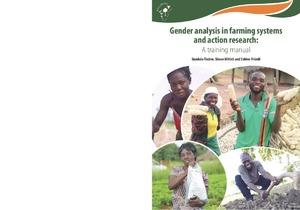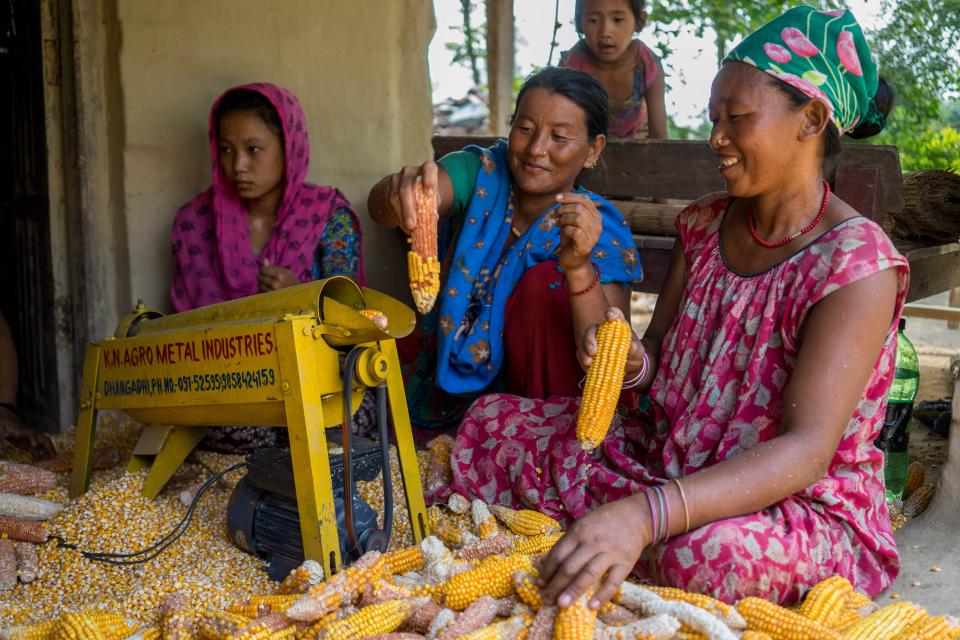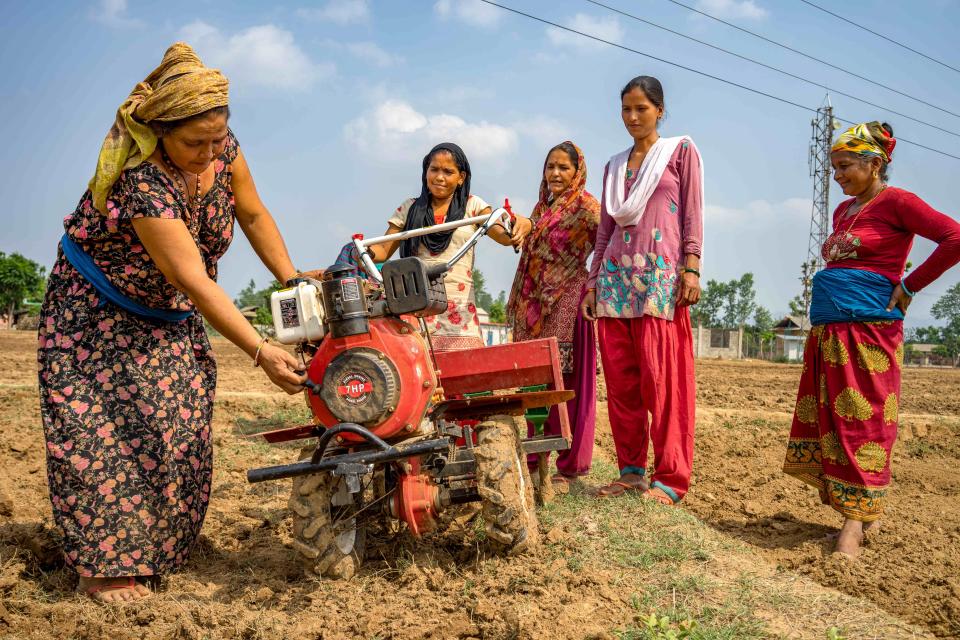Gender analysis in farming systems and action research: A training manual
 Photo: Hugh Rutherford/CIP
Photo: Hugh Rutherford/CIP
A training manual on how to test new agricultural technologies while considering the different needs and wants of women and men.
Why is this training manual important?
Agricultural technologies have the potential to enhance productivity and profitability, while considering environmental impact as well as the different needs of women and men farmers. Yet developing and testing such technologies requires training to ensure these different goals are met. This manual provides that training with a particular eye toward gender considerations.
Who is the manual for?
This ‘Gender analysis in farming systems and action research’ training manual is relevant for researchers who engage with smallholder farmers and other stakeholders to jointly develop and test agricultural technologies—technologies that enhance productivity and profitability, are environmentally sound and adapted to the differential needs of women and men farmers and benefit both equally.
The manual is intended as a resource for the following general audiences:
- facilitators conducting trainings on gender analysis in agricultural research,
- researchers attending such trainings, and
- all those interested in learning more about concepts and tools for gender analysis.
How can I use this manual?
The conceptual framework for gender analysis in this manual is based on three interrelated research approaches: action research, farming systems and gender transformation, which are introduced in the first of four training units.
The second unit familiarizes participants with basic concepts for investigating gender in agriculture. The third unit focuses on tools and principles for gender analysis. Tools include linkage diagrams, activity profiles, seasonal calendars and daily activity clocks, and a matrix-scoring tool to conduct gender-sensitive technology evaluations. Furthermore, this unit covers standards for gender-responsive survey research.
The fourth and final unit provides guidance for how to integrate lessons from the training going forward. The appendices contain template questionnaires through which participants can self-assess their skills and knowledge before and after the training.
When and how was it developed?
This training manual was developed in 2019 by CGIAR researchers from the International Institute for Tropical Agriculture, the International Livestock Research Institute and the International Food Policy Research Institute. Although originally tailored for use by Africa Rising, this training manual can be used by other actors working on projects toward similar objectives and with gender analysis needs.
Where can I learn more?
The manual is available via AfricaRising, as well as below.
Publications



